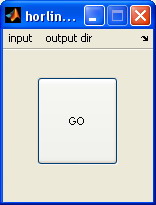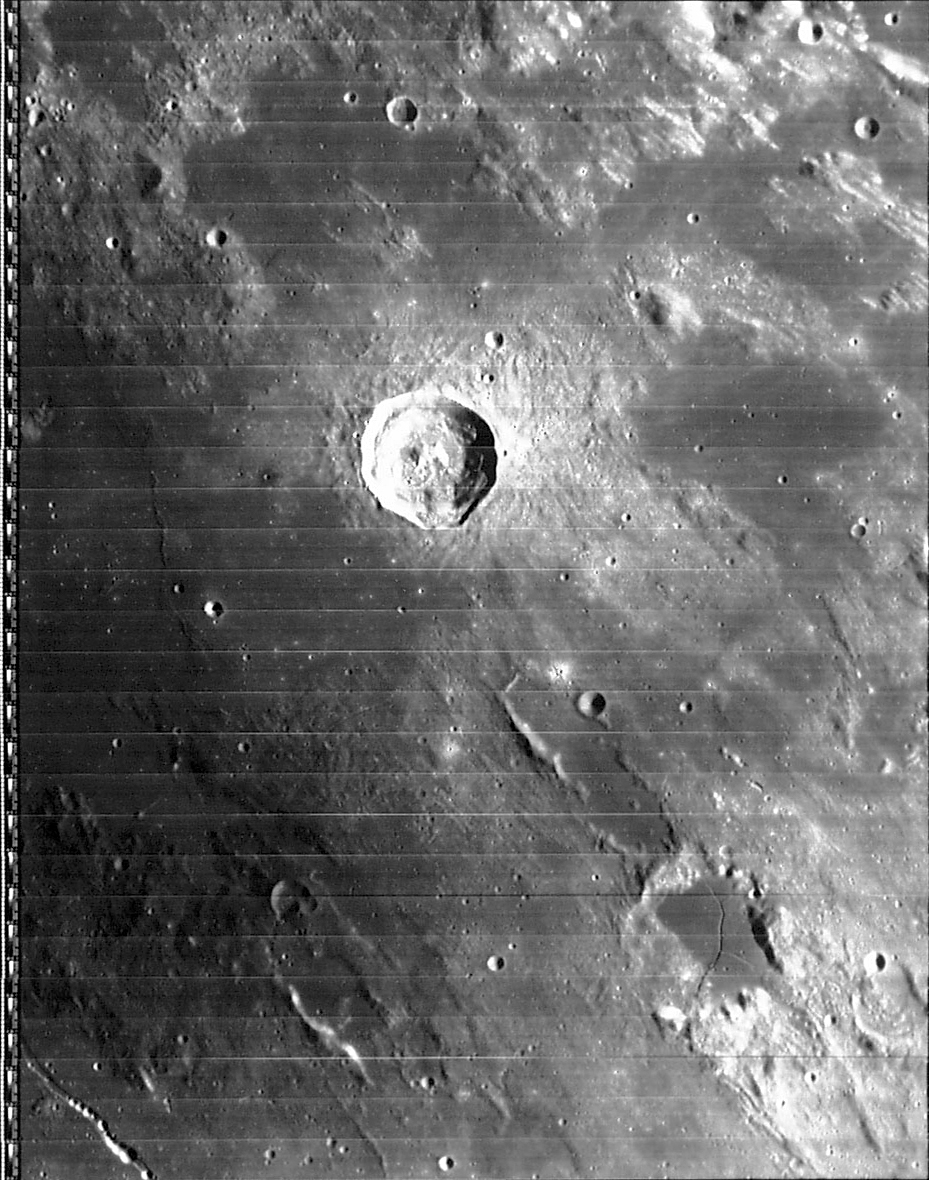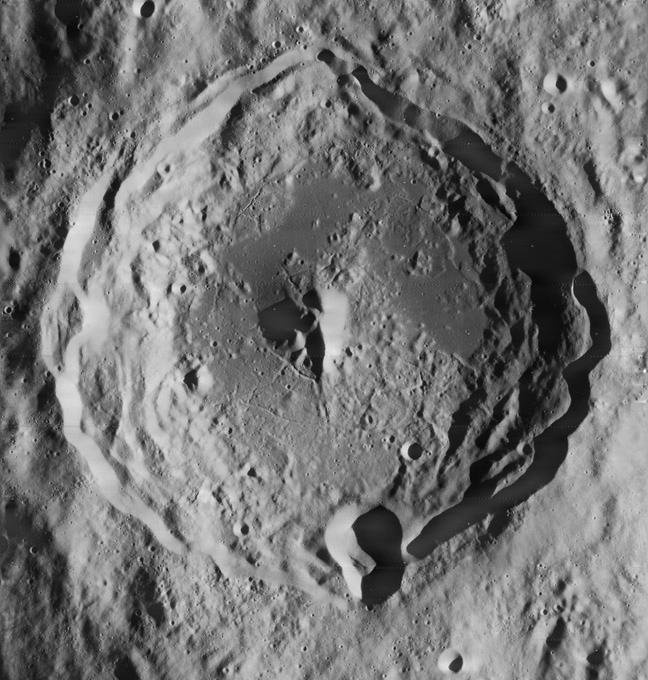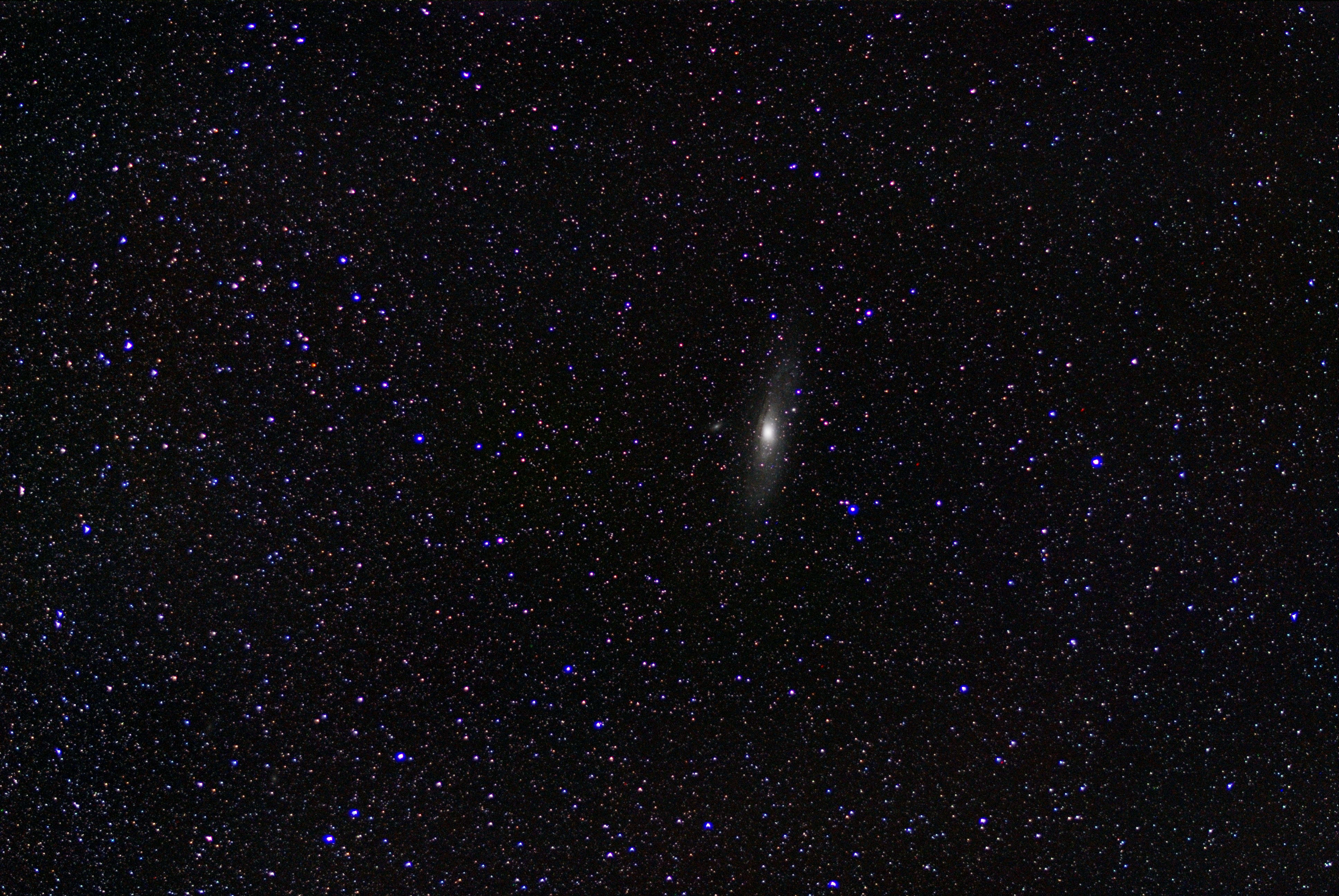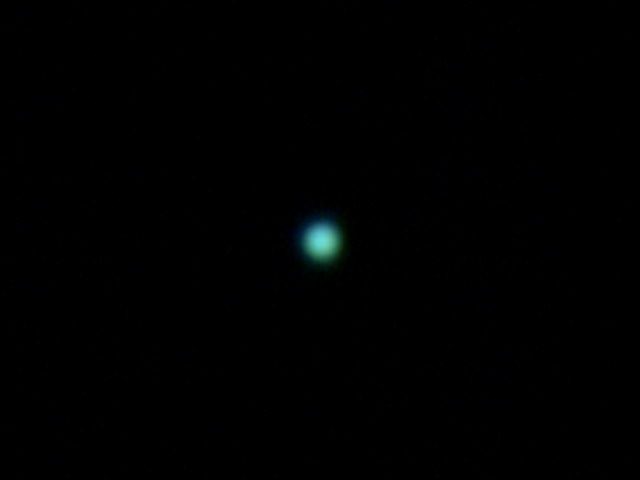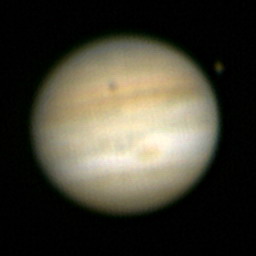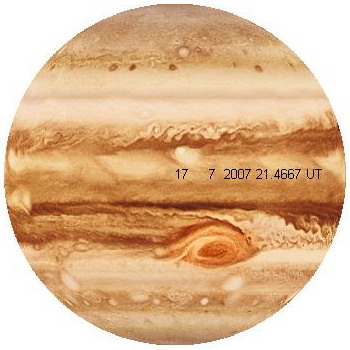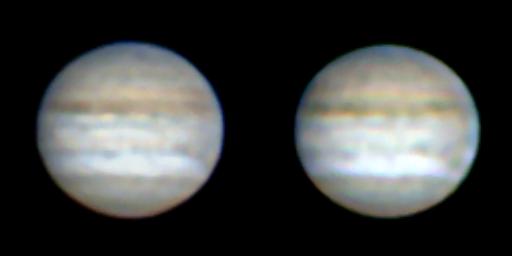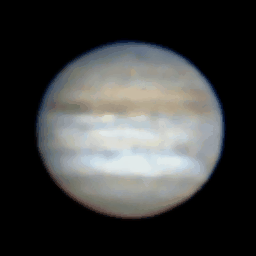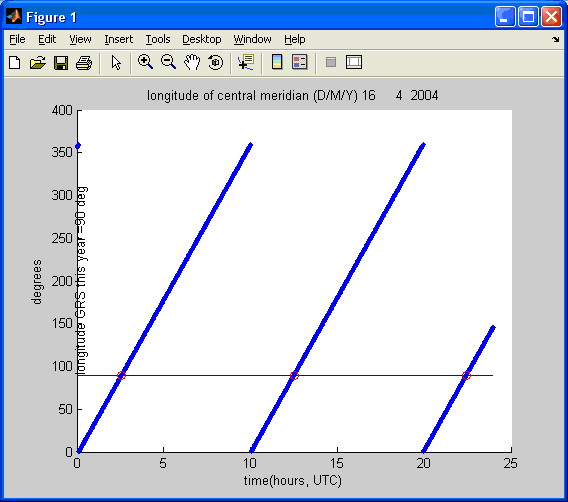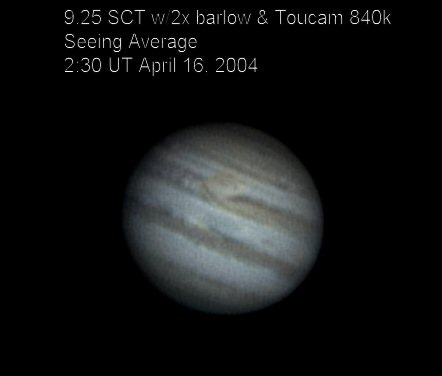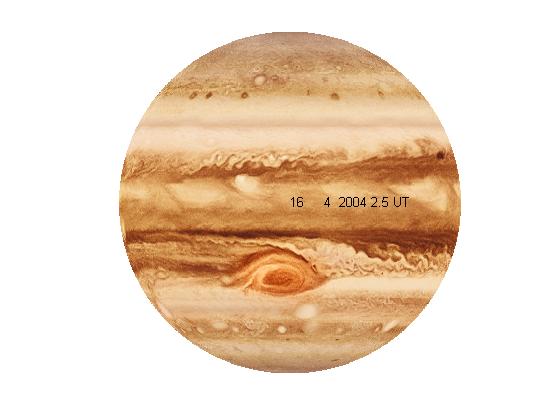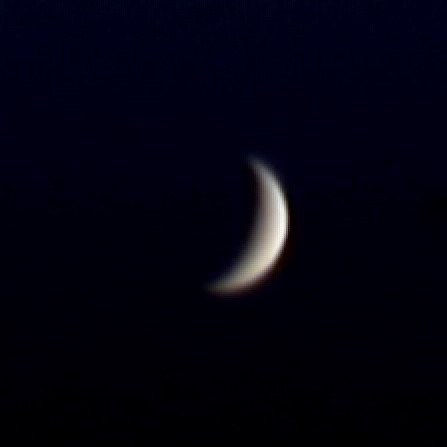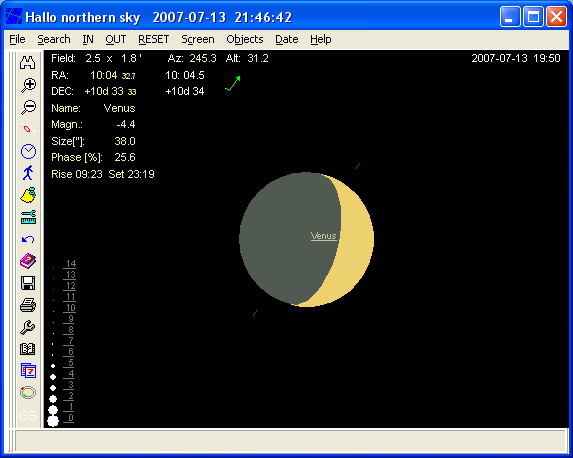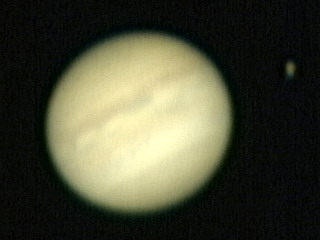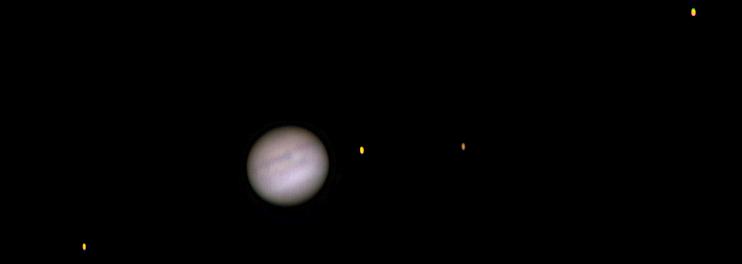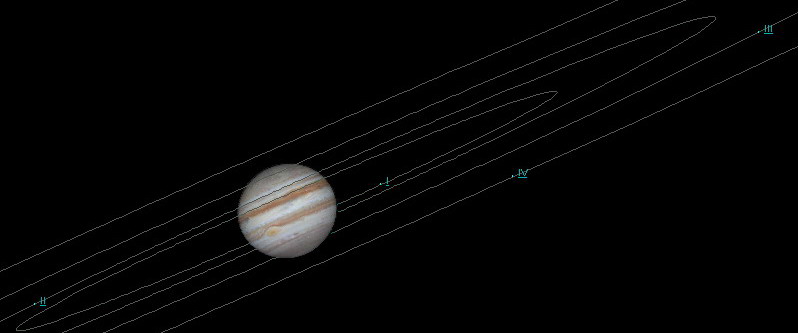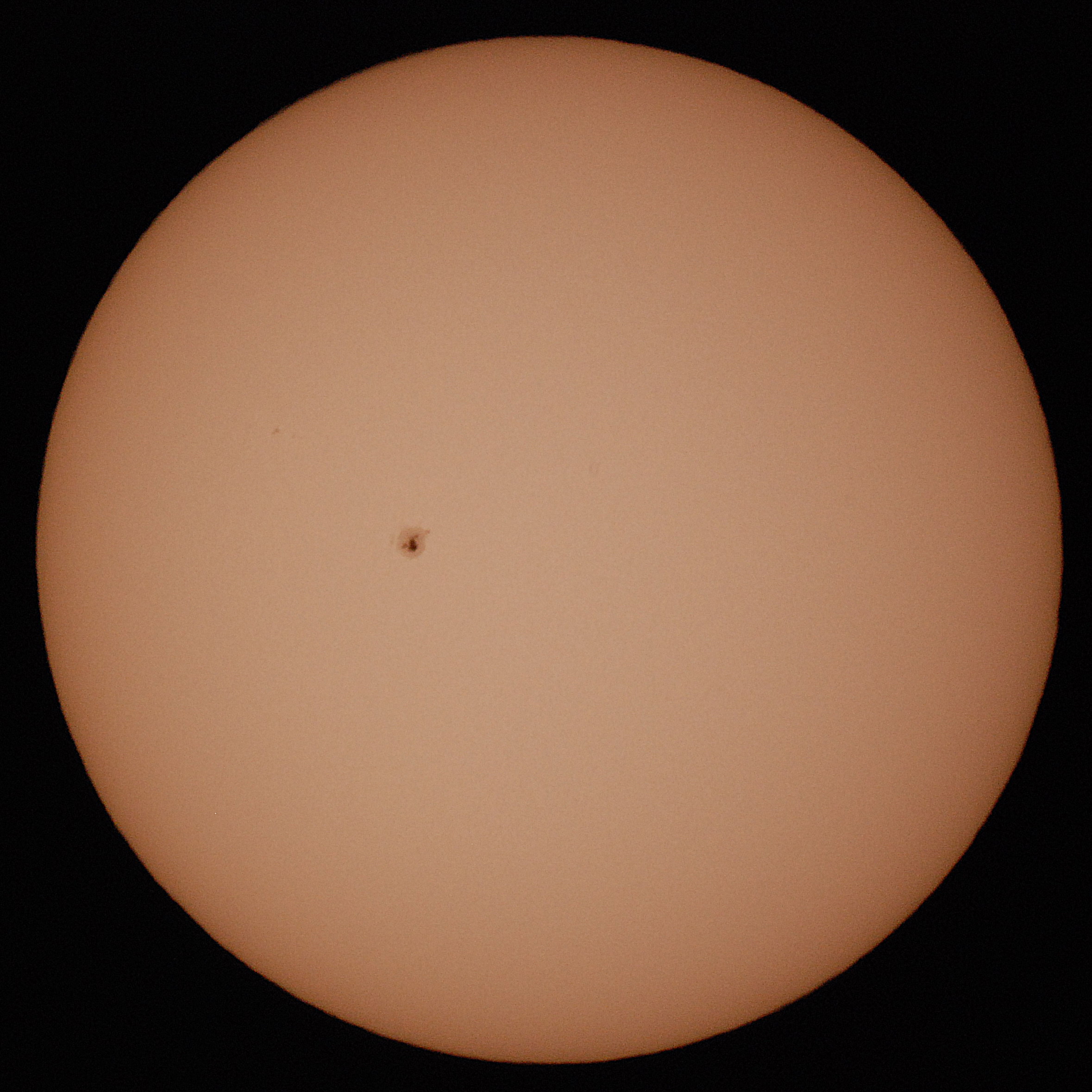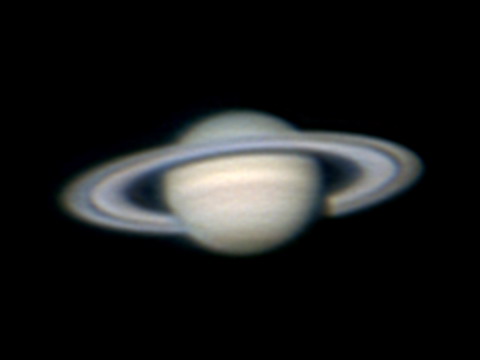A lot of great moon imagery is available from old missions on film. Put together these films give very high resolution “panoramas”. Unfortunately a lot of lines are visible between the films and even within the film.
I wrote a short algorithm in Matlab to remove the lines 90% (see below).
UPDATES:
- this post grew into an “Lunar Picture of the Day” on September 13th 2007. This includes the Matlab Code and a short explanation.
- the new release of Virtual Atlas of the Moon will contain more than 1.000 orbiter images that were cleaned using this algorithm
- here are 2 samples in 20 MegaPixel: Plato and the Alpine Valley .
- and a 50 Mpixel pano of the two:
Plato+Alpes pano
- a stand alone executable is now available:
1. download and run the matlab component library
2. download the actual routine itself, and rename the .ex_ files to .exe, and you should be ready destripe yourself.
Snapshot of the application:
